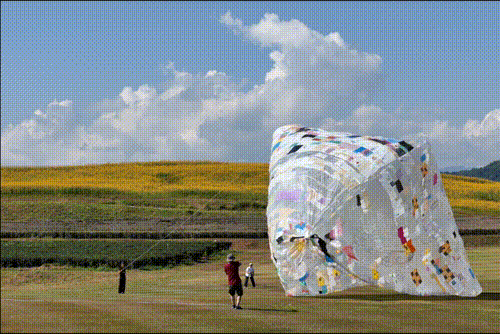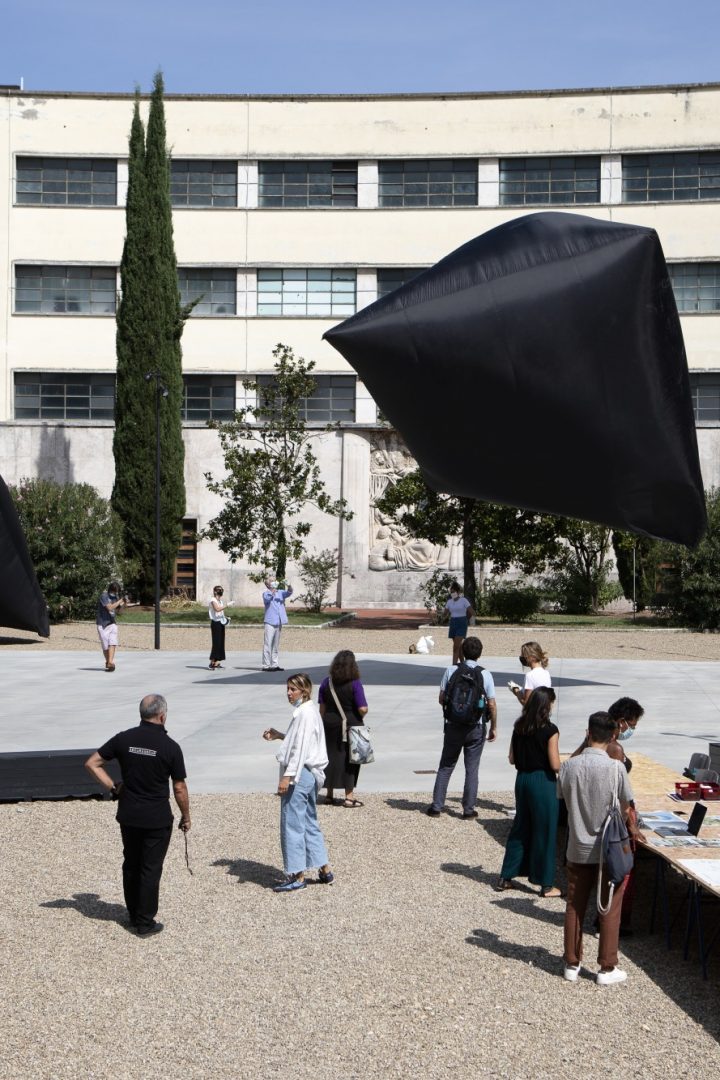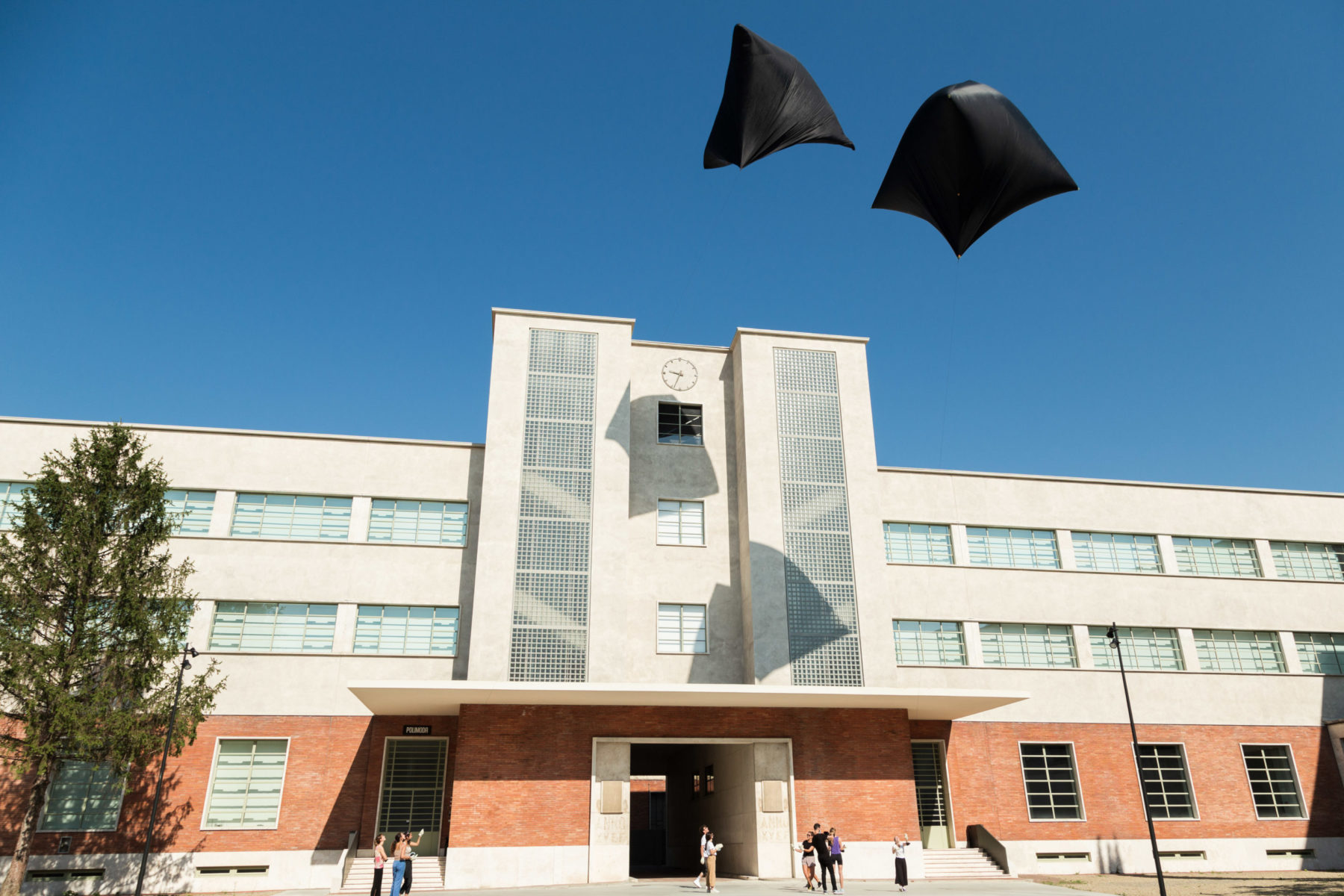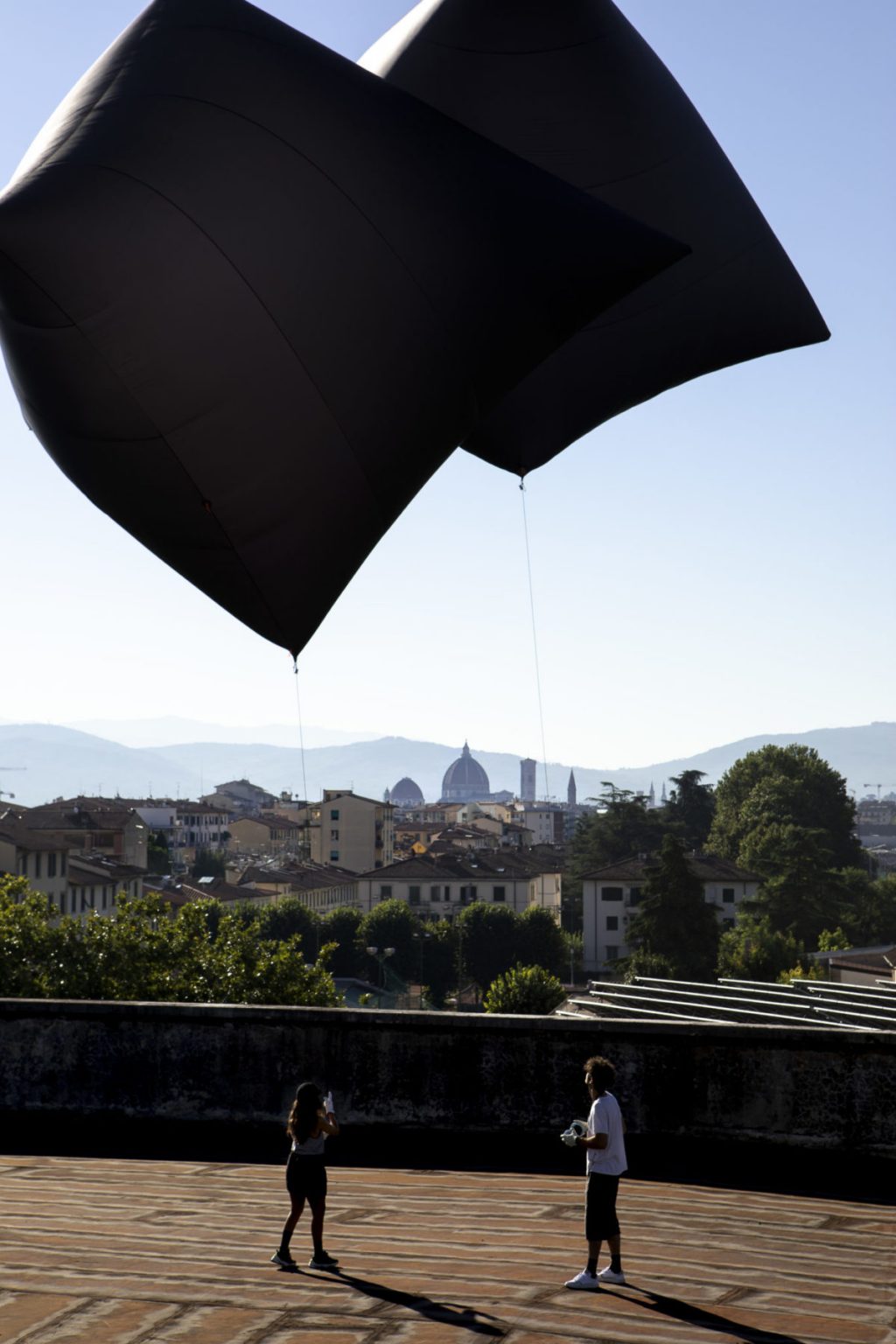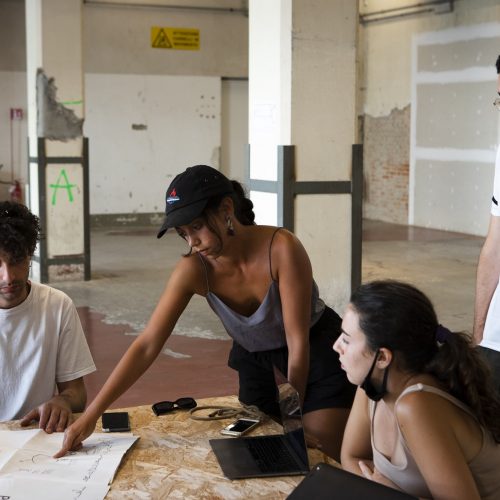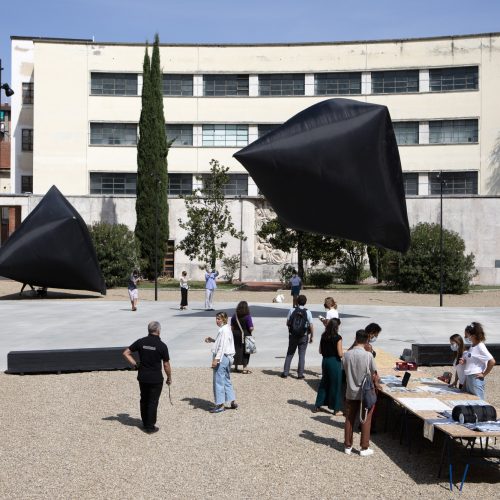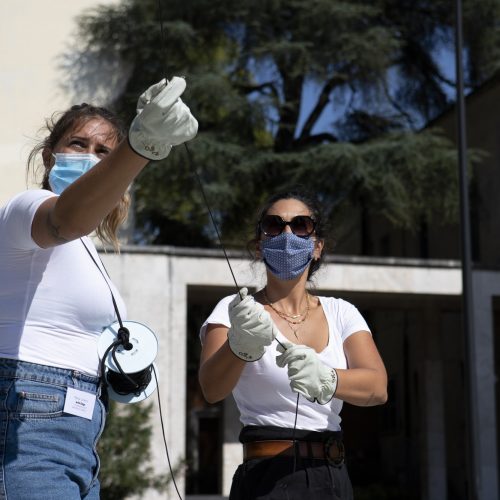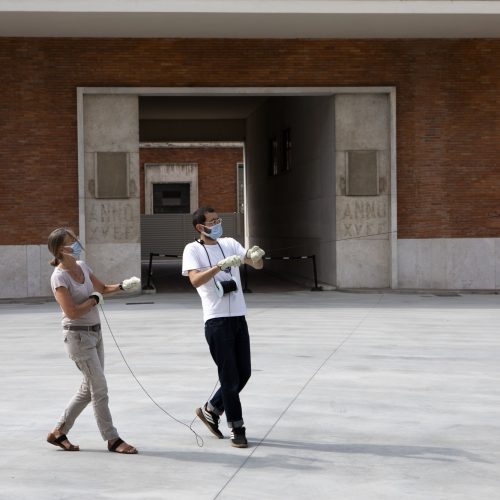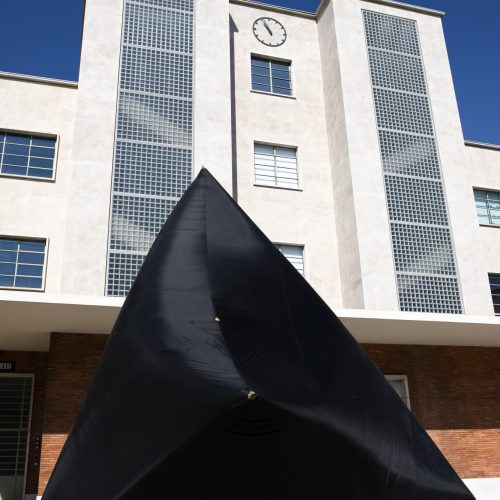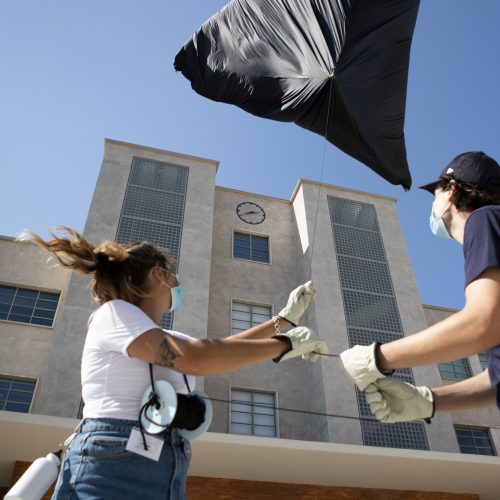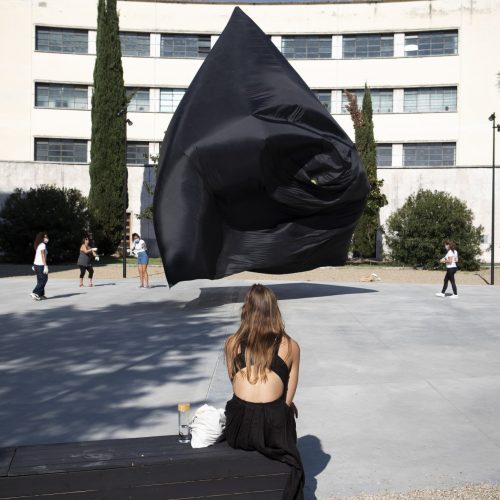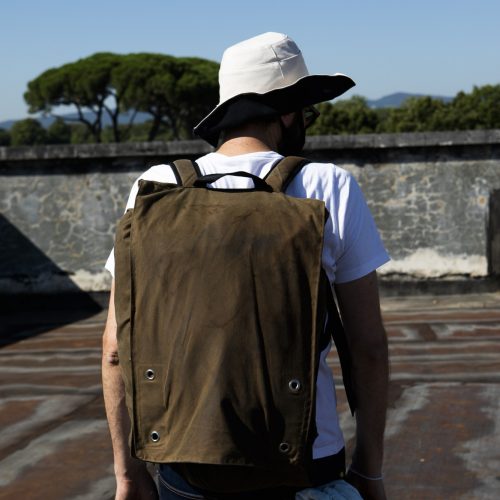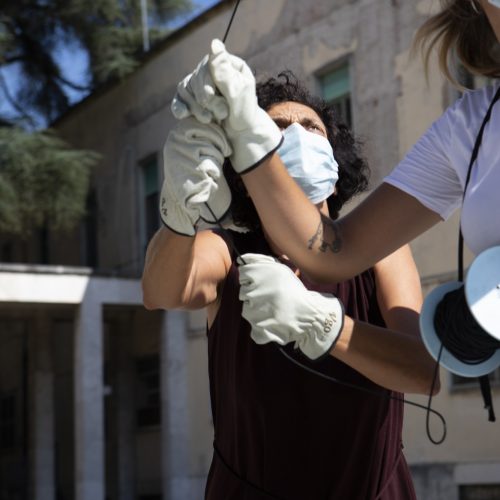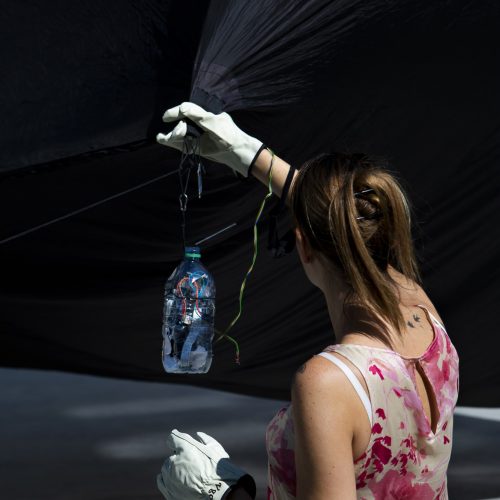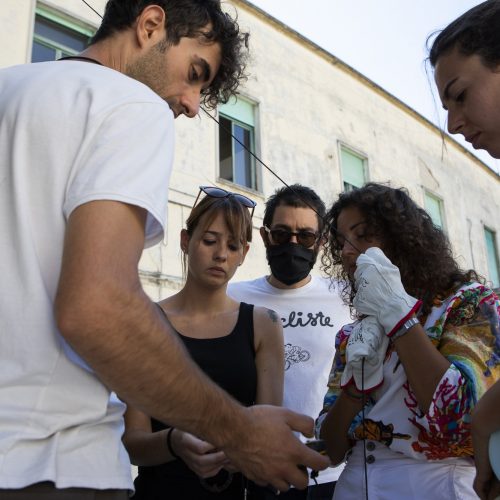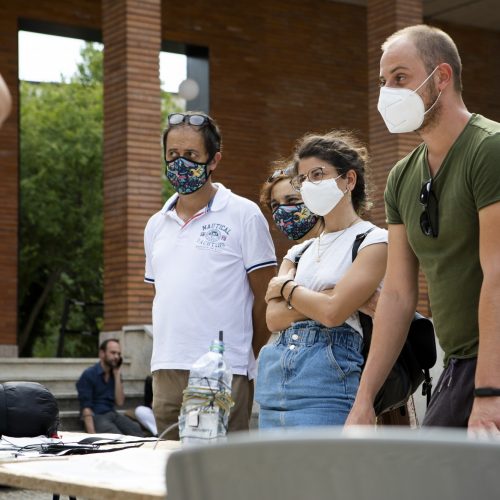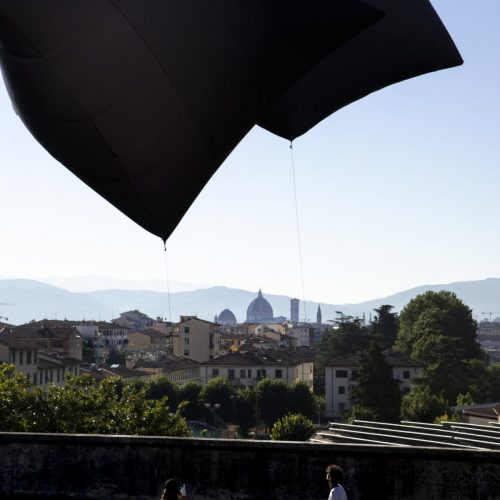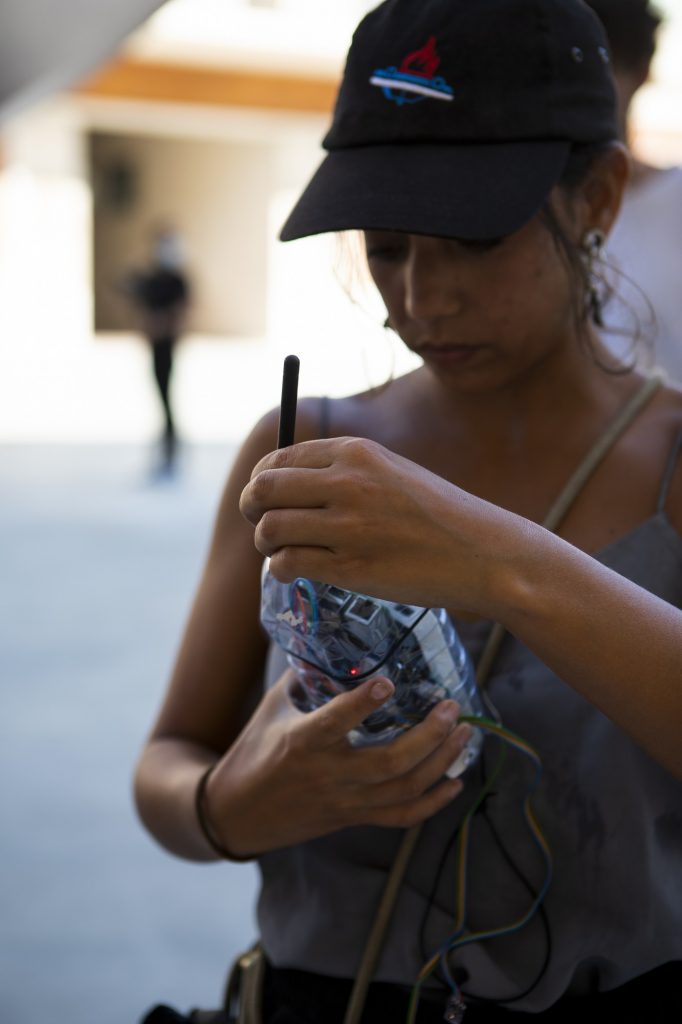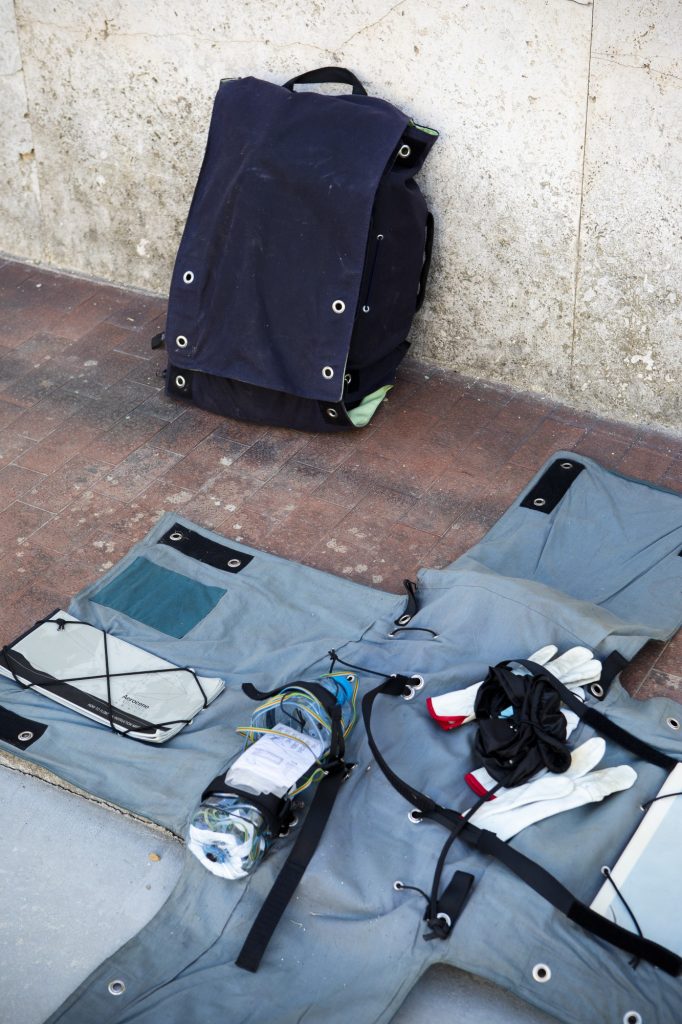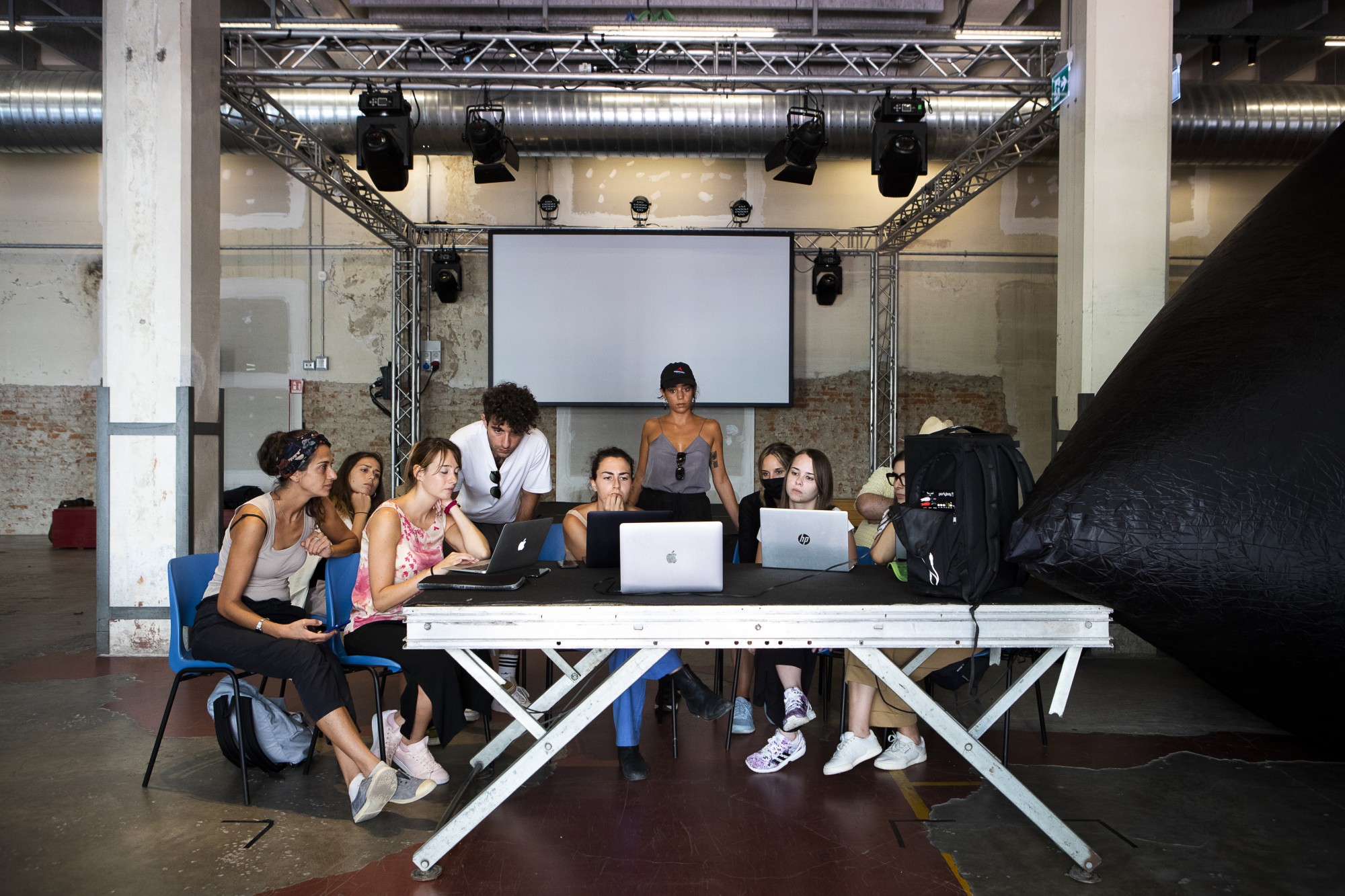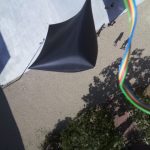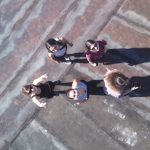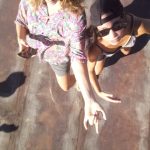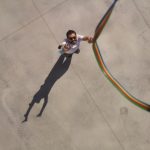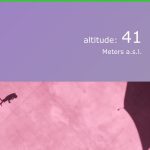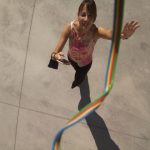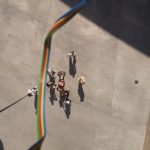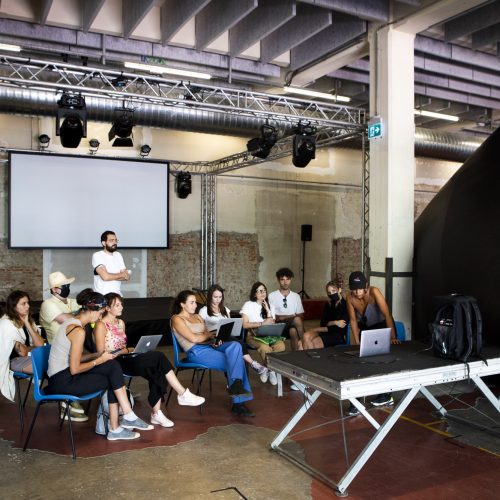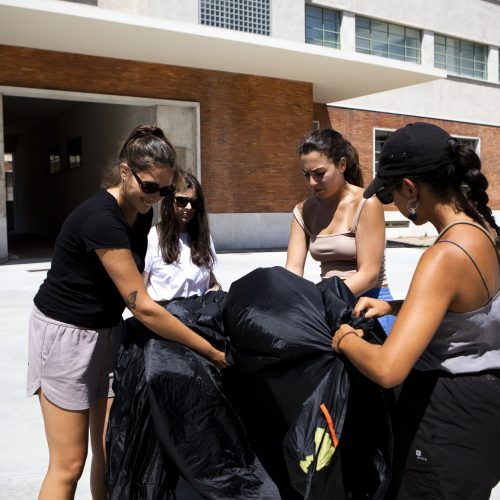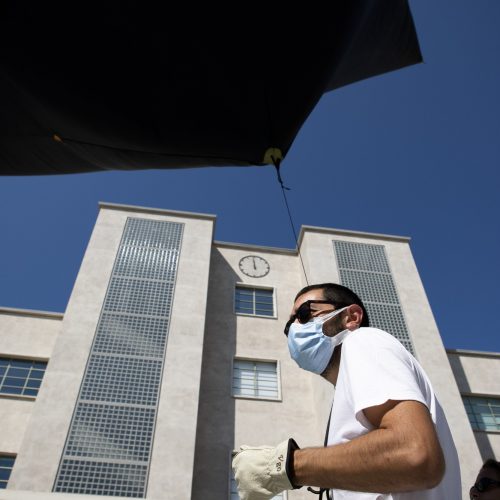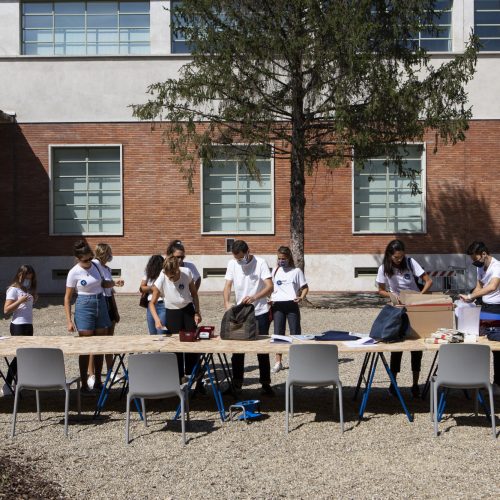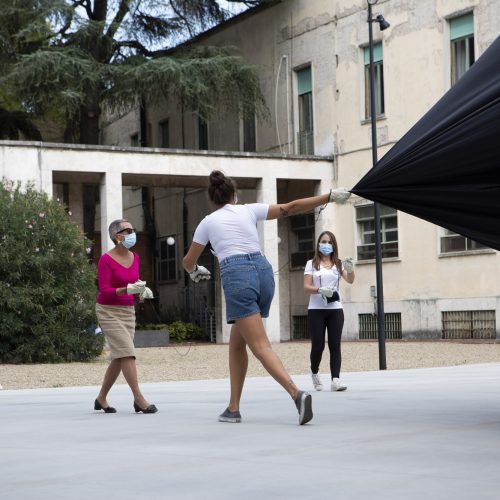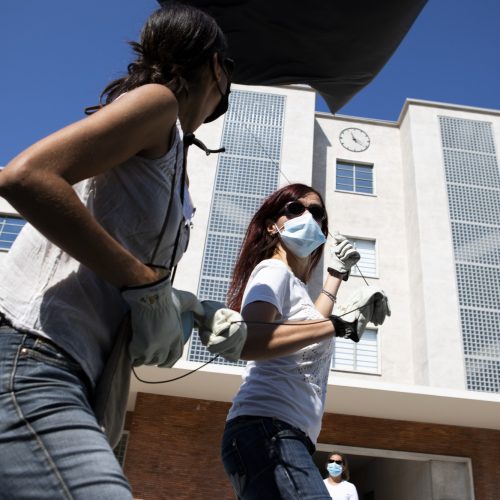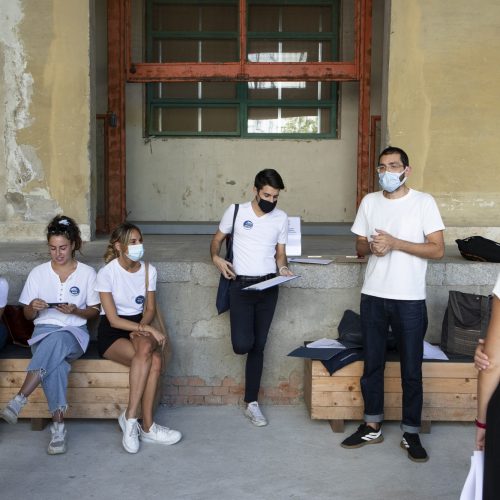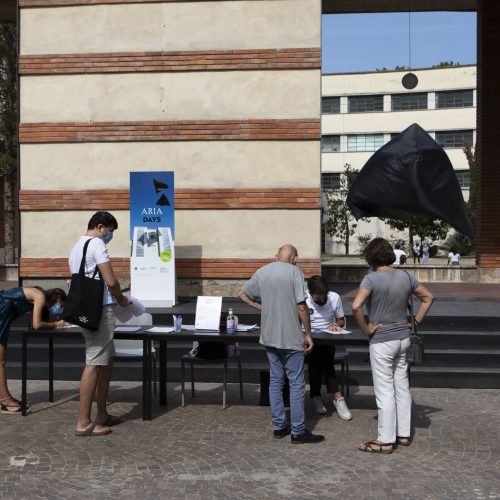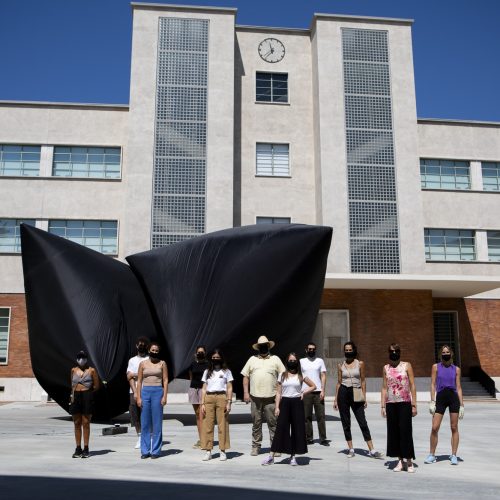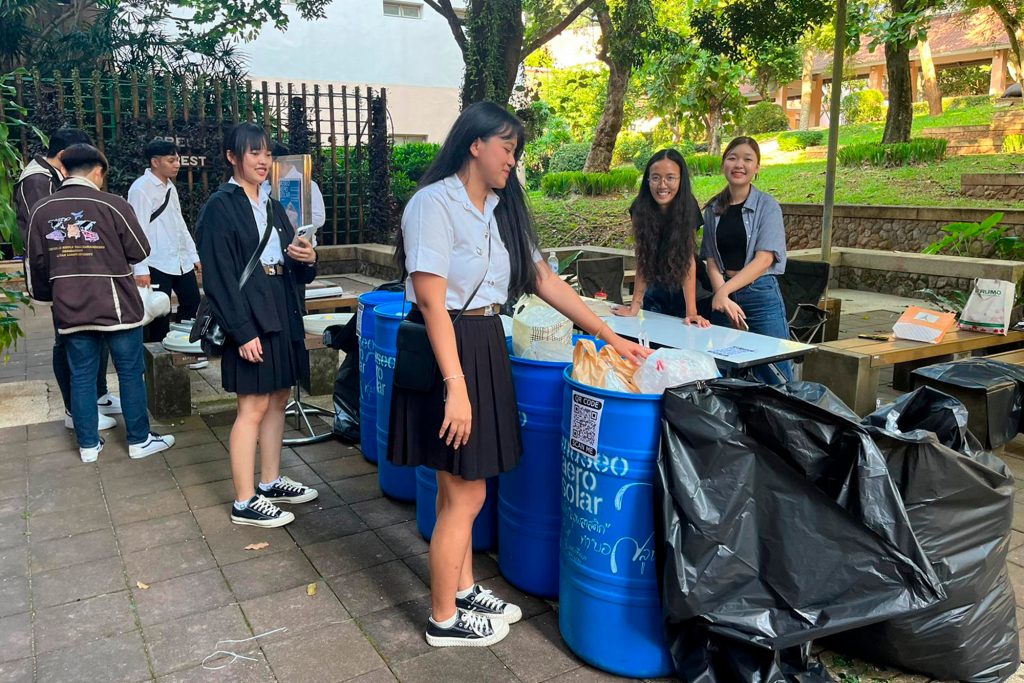
In Chiang Rai, a city known for its cultural and historical richness, the Museo Aero Solar project, conceived by Tomás Saraceno and Alberto Pesavento in 2007, is experiencing a new chapter. Recently, the community of Chiang Rai came together to create a new Museo Aero Solar using 5,000 repurposed plastic bags collected in a campaign, each bag carrying its own story and being saved from environmental harm. This project, embodying collaborative creativity and environmental consciousness, resulted in a unique aerosolar sculpture.
A diverse group, including Imm, Ice, Chris, Lena, Pan, Jude, Peam, Tomás and Joaquin, played a pivotal role in this initiative. They aimed to build an aerostatic flying sculpture that also serves as a museum, using recycled plastic bags as their primary material. Their effort signifies a transformation of pollutants into symbols of hope.


The plastic bag collection campaign led by Jude, Imm, and Ice in Chiang Rai was a significant part of the project. Several community groups actively participated, turning places that once saw these bags as litter into collection points. The campaign gathered over 10,000 recycled bags, highlighting the community’s effort to reduce plastic usage in daily life.


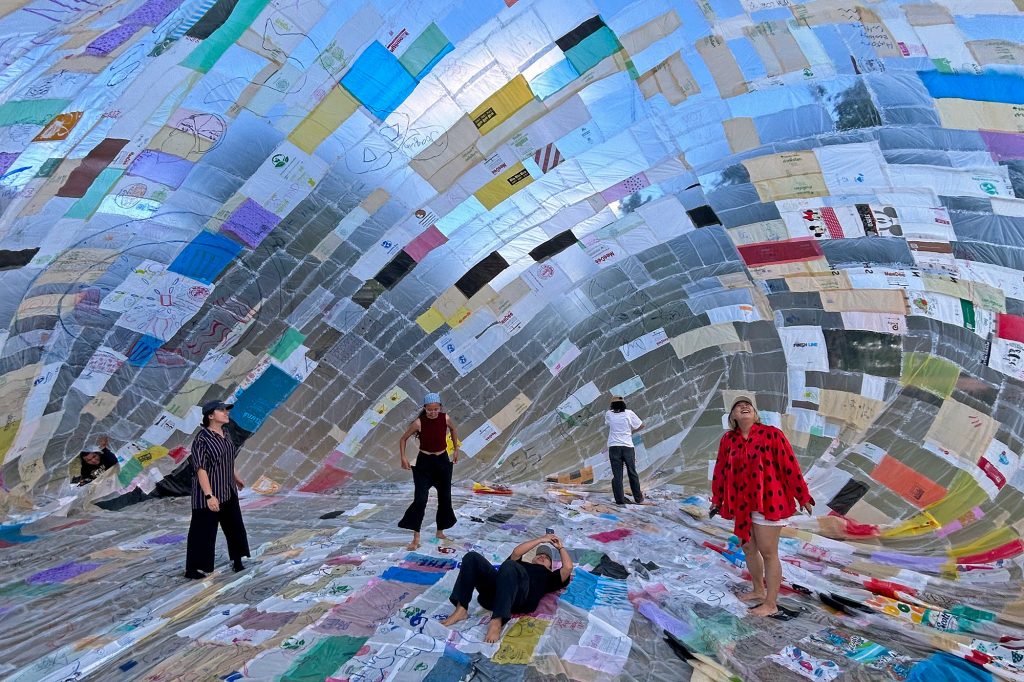
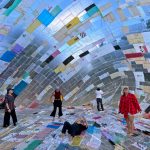
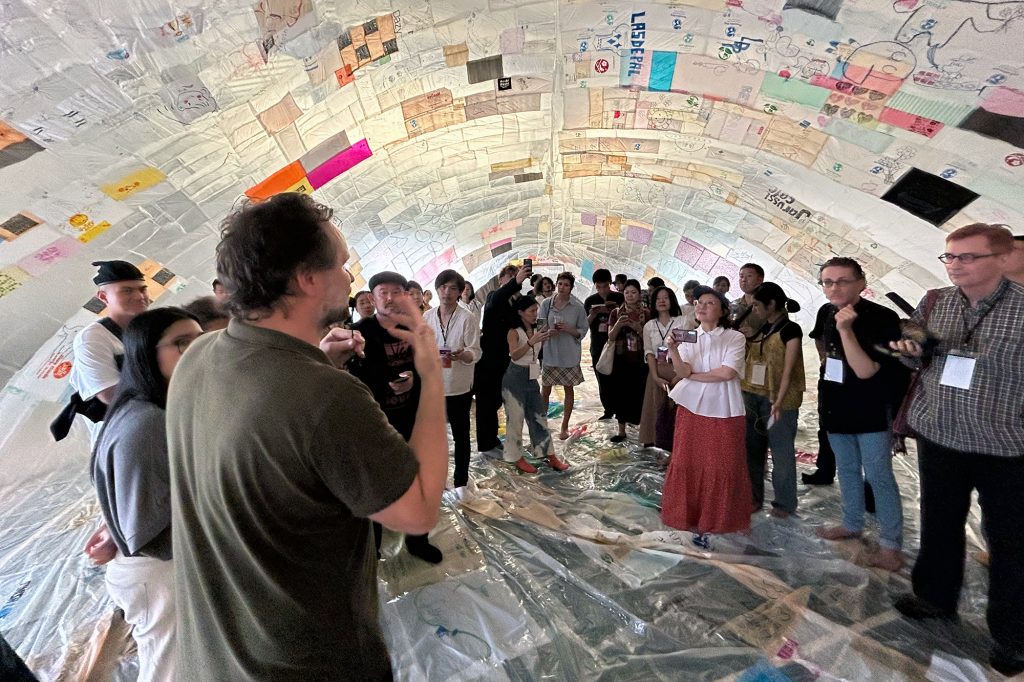
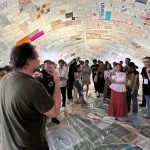
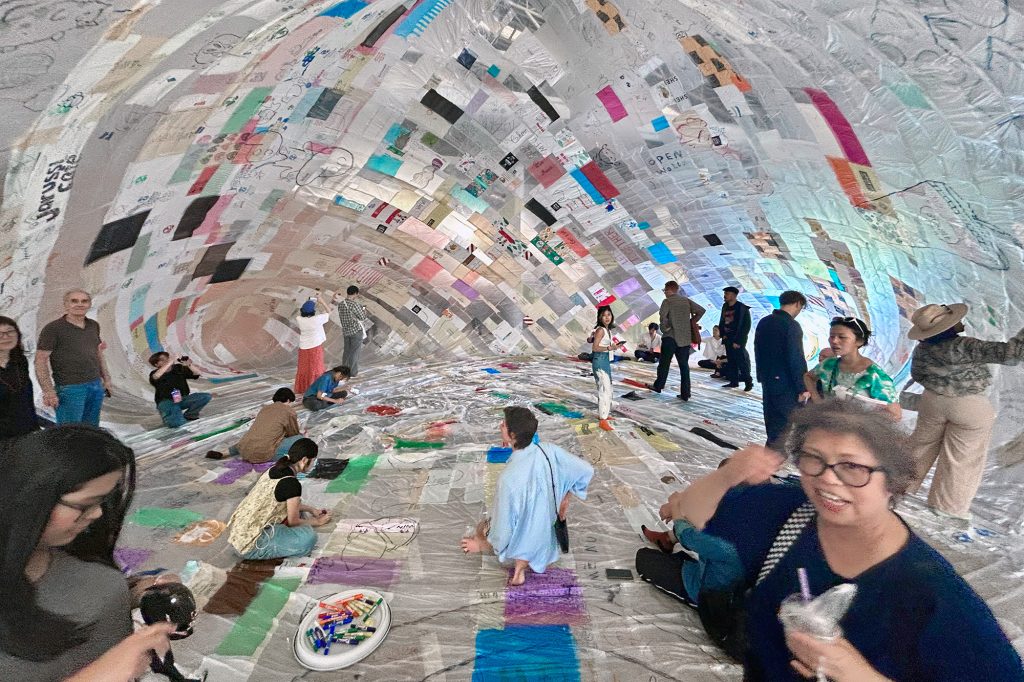

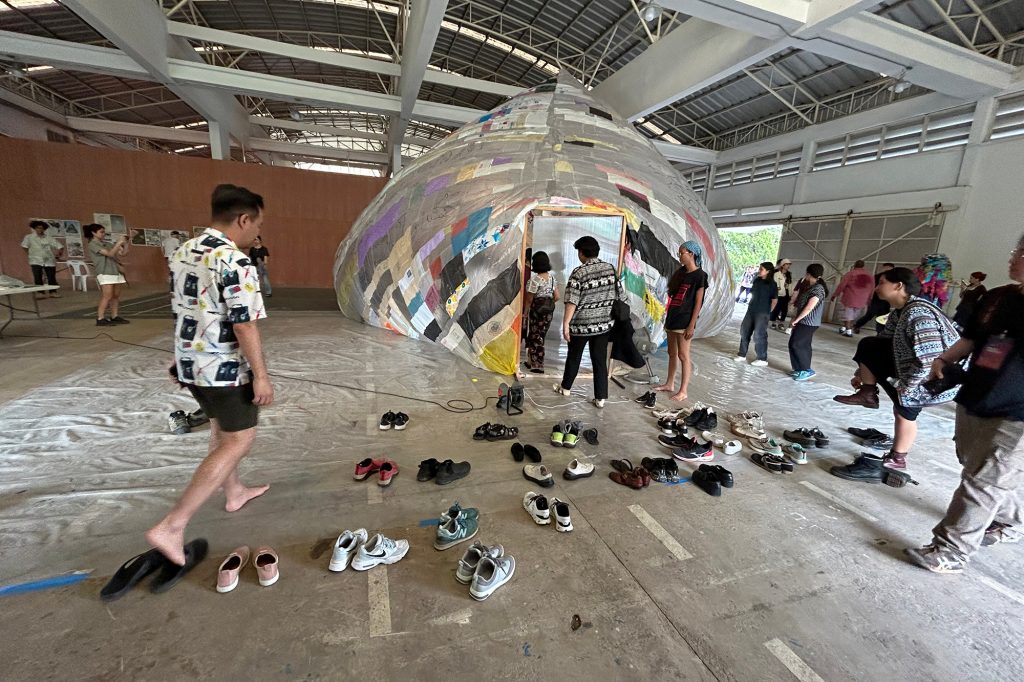

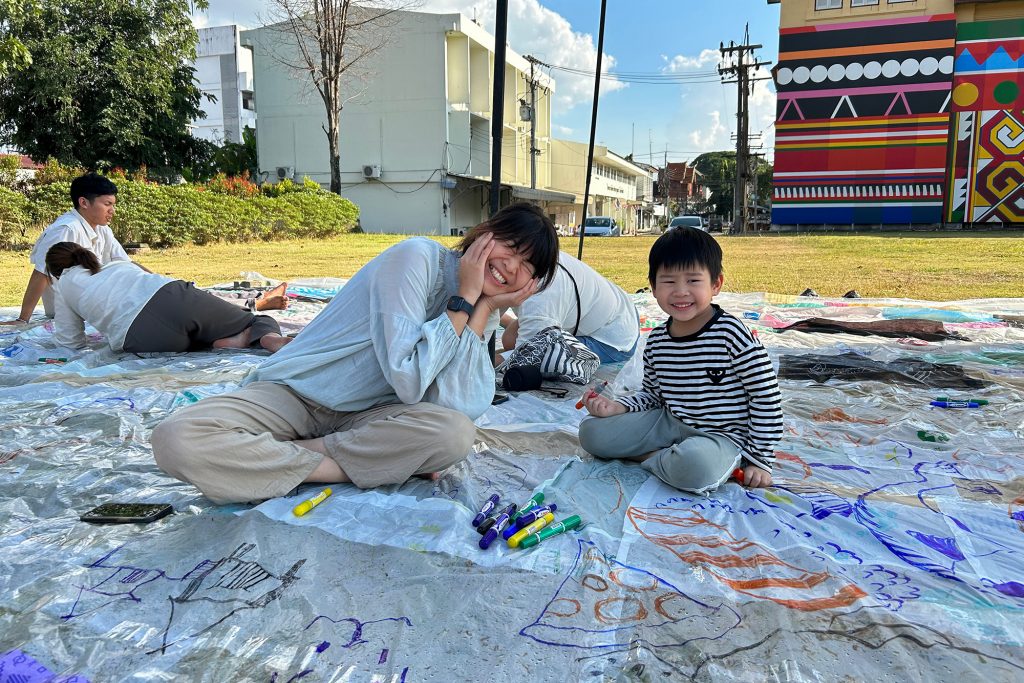
On Saturday December 2nd, the community reconvened for a canvas drawing workshop at the Old City Hall’s lawn, infused with a renewed spirit of creativity. More students from Chiang Rai, together with whole families and friends spent the whole day drawing under the shadow, sheltered from Chaing Rai’s sunny weather. This was not just a gathering, but a celebration of expression, where thoughts, art, feelings, and messages were intricately woven onto the Museo Aero Solar canvas. It became a platform where artistic experience was secondary to enthusiasm, allowing everyone to contribute their unique perspectives.
On Monday December 4th, Thailand’s National Environment Day we launched the Museo Aero Solar Chiang Rai’s with it’s first inflation and inaugural flight at the Old City Hall. With just the right weather, everyone was able to witness the collective creation ascend, symbolizing our hopes and dreams, inviting everyone to use less plastic in our daily lives, for more sustainable future(s).

The project was invited to participate at the Chiang Rai Art Biennale, where Museo Aero Solar will be exhibited alongside diverse artworks that explore themes of history, culture, and the natural world. Guided by the artistic vision of directors like Rirkrit Tiravanija and curated by experts such as Angkrit Ajchariyasophon, the Biennale serves as a global canvas, stretching from the banks of the Mekong to the depths of the Amazon.
